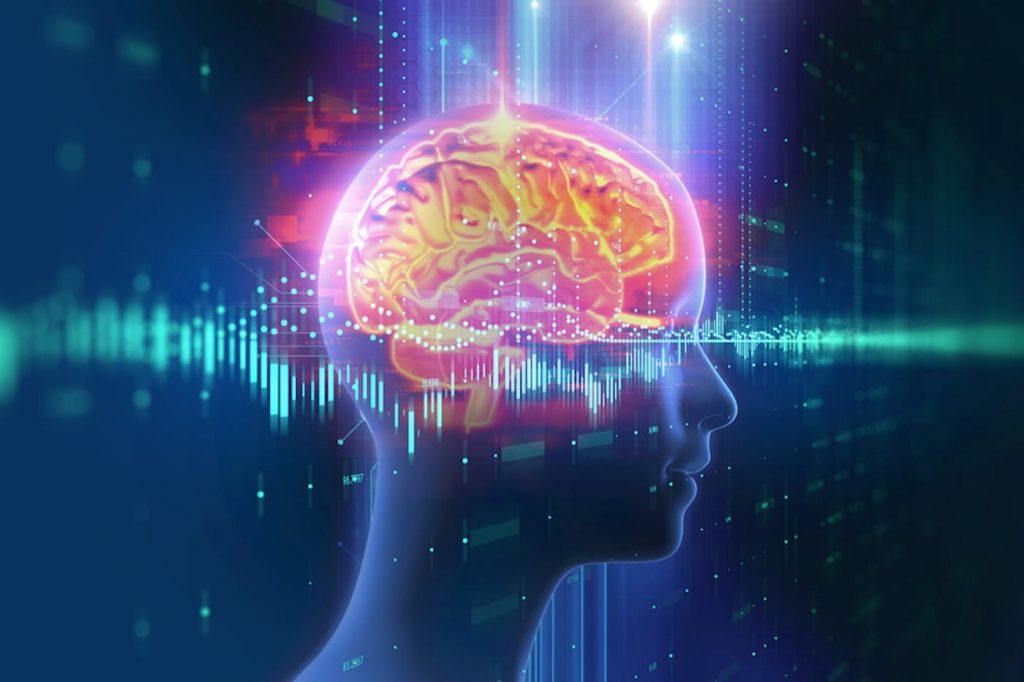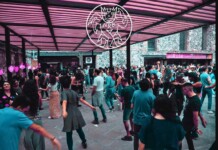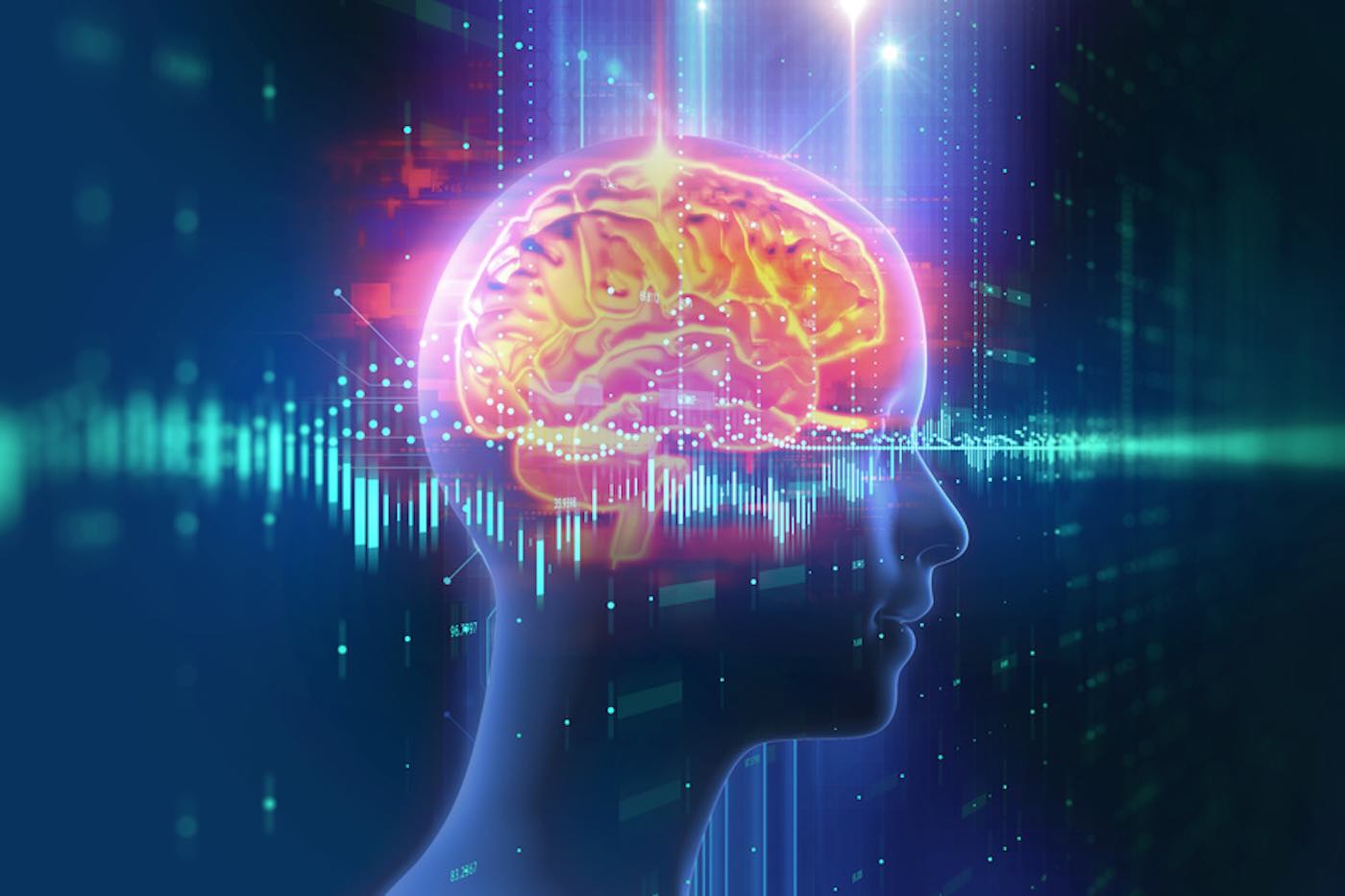
Lights of different wavelengths have been studied for years for their wound-healing properties.
Now, low-level light therapy appears to positively affect healing in the brains of people who suffered significant brain injuries, according to a study published last month in Radiology, a journal of the Radiological Society of North America.
Researchers at Massachusetts General Hospital conducted low-level light therapy on 38 patients who had suffered moderate traumatic brain injury—an injury to the head serious enough to alter cognition or be visible on a brain scan. They all received light therapy within 72 hours of their injuries through a helmet that emits near-infrared light.
“The skull is quite transparent to near-infrared light,” said study co-lead author Rajiv Gupta, M.D., Ph.D., from the Department of Radiology at Mass General. “Once you put the helmet on, your whole brain is bathing in this light.”
The researchers used an imaging technique called functional MRI to gauge the effects of the light therapy. They focused on the brain’s resting-state functional connectivity, the communication between brain regions that occurs when a person is at rest and not engaged in a specific task.
The researchers compared MRI results during three recovery phases: the acute phase of within one week after injury, the subacute phase of two to three weeks post-injury and the late-subacute phase of three months after injury.
MORE LIGHT HEALING: Short-Term Memory Can Be Improved With Non-Invasive Laser Light Therapy Pointed at Human Brains
Of the 38 patients in the trial, 21 did not receive light therapy while wearing the helmet. This was done to serve as a control to minimize bias due to patient characteristics and to avoid potential placebo effects.
Patients who received low-level light therapy showed a greater change in resting-state connectivity in seven brain region pairs during the acute-to-subacute recovery phase, compared to the control participants.
“There was increased connectivity in those receiving light treatment, primarily within the first two weeks,” said study coauthor Nathaniel Mercaldo, Ph.D., who noted the next step is to study long-term effects.
The precise mechanism of the light therapy’s effects on the brain is also still to be determined. Previous research points to the alteration of an enzyme in the cell’s mitochondria (often referred to as the “powerhouse” inside each cell), Dr. Gupta said. This leads to more production of adenosine triphosphate, a molecule that stores and transfers energy in the cells. Light therapy has also been linked with blood vessel dilation and anti-inflammatory effects.
HAVE HEADACHES? Migraine Sufferers Experience Relief From ‘Going Green’ With Light-Exposure Therapy
The 810-nanometer-wavelength light used in the study is already employed in various therapeutic applications. It’s safe, easy to administer and does not require surgery or medications. The helmet’s portability means it can be delivered in settings outside of the hospital.
It may have applications in treating many other neurological conditions, according to Dr. Gupta.
“There are lots of disorders of connectivity, mostly in psychiatry, where this intervention may have a role. PTSD, depression, autism: these are all promising areas for light therapy.”
One thing is true. The role of light therapy will only expand, as more study results come in
(SOURCE: Radiology, published by the Radiological Society of North America–RSNA)
SHARE THE NEWS With Brainiacs and Healers on Social Media…




















